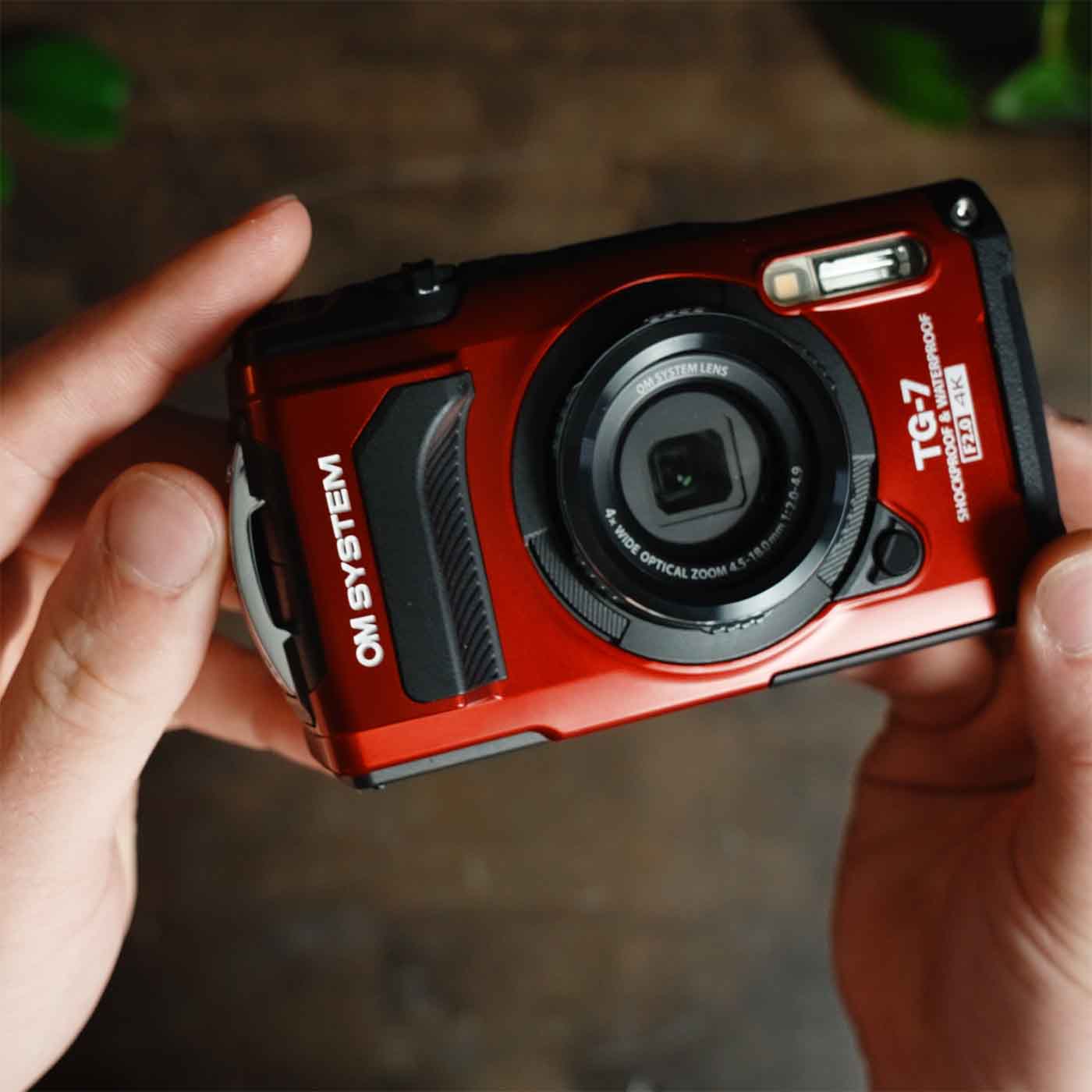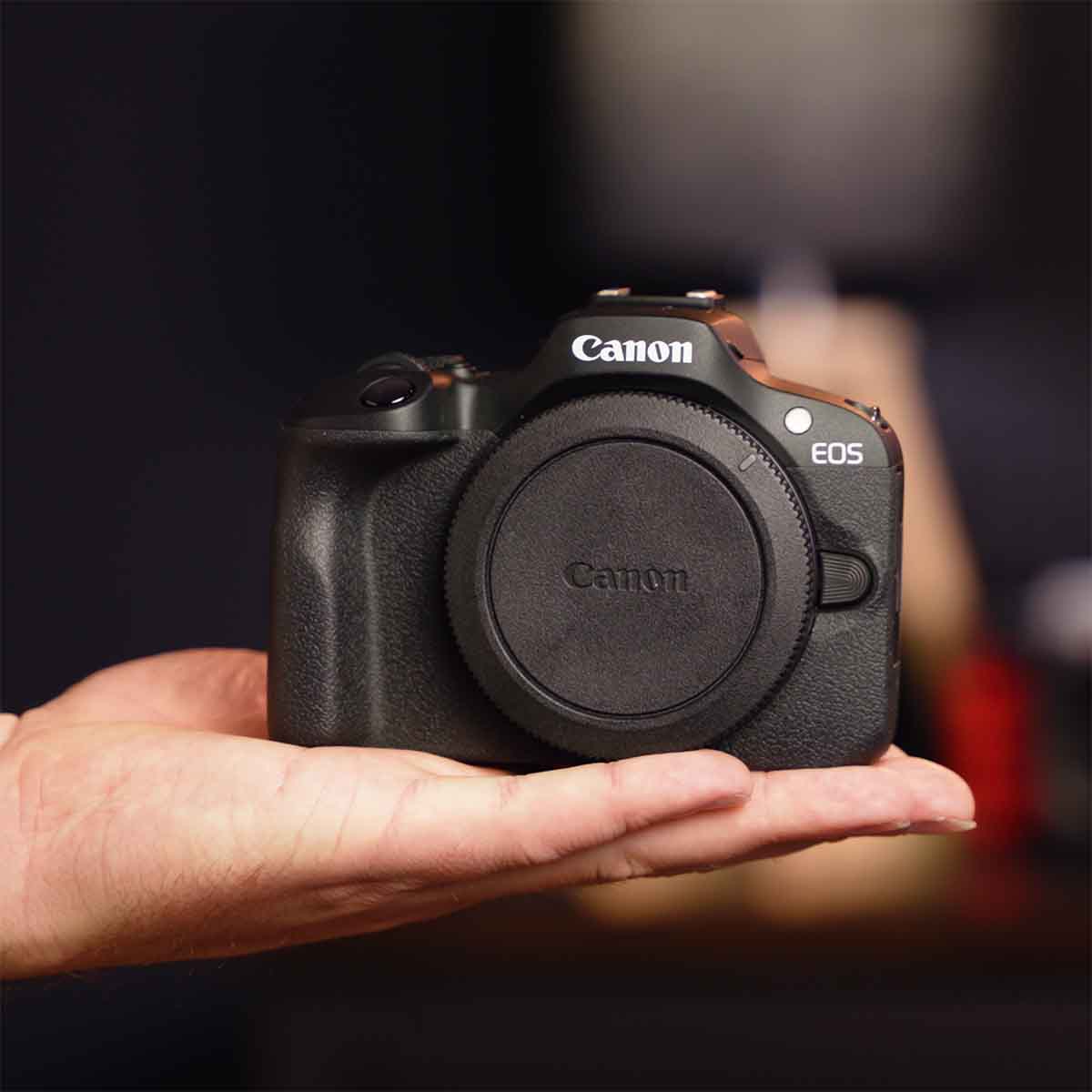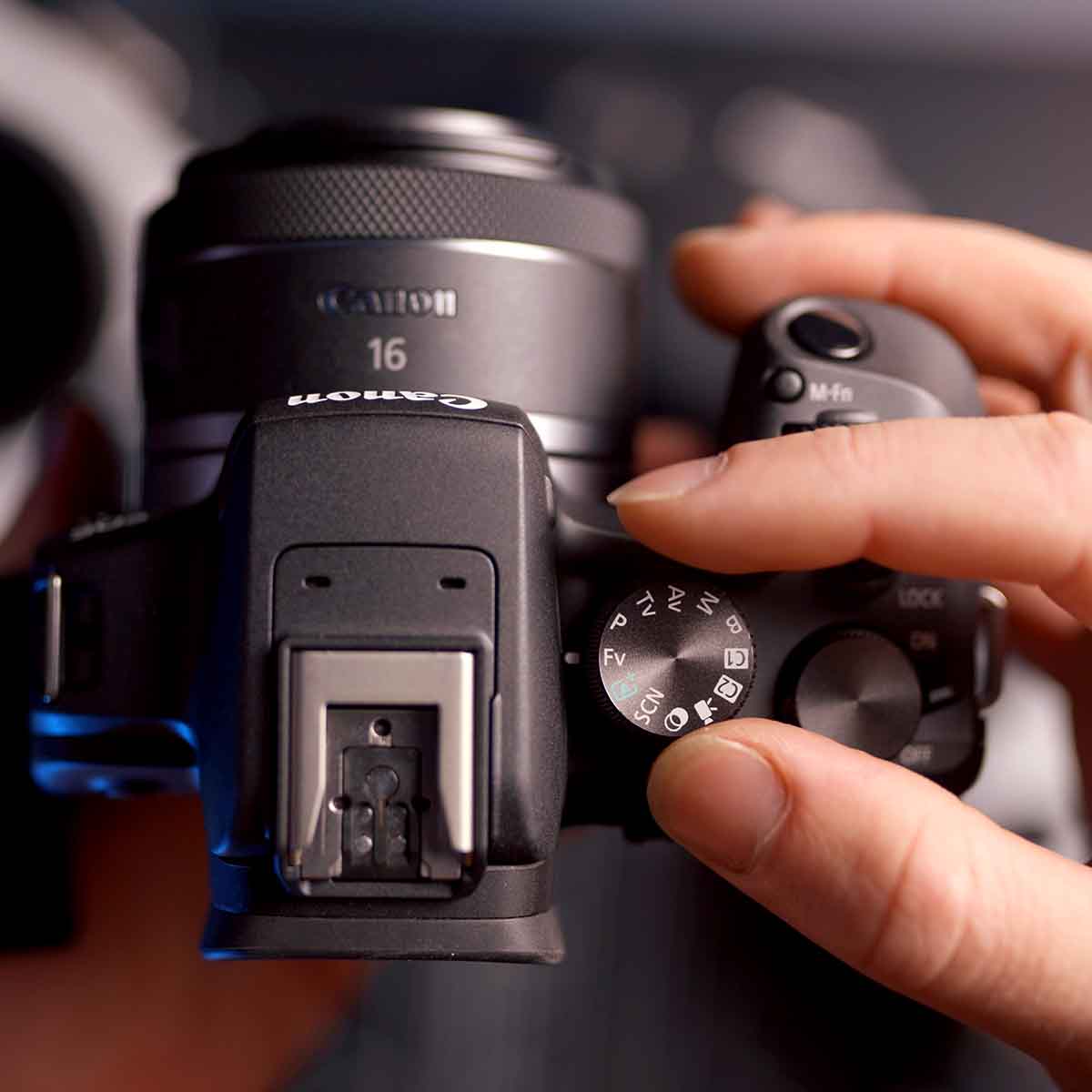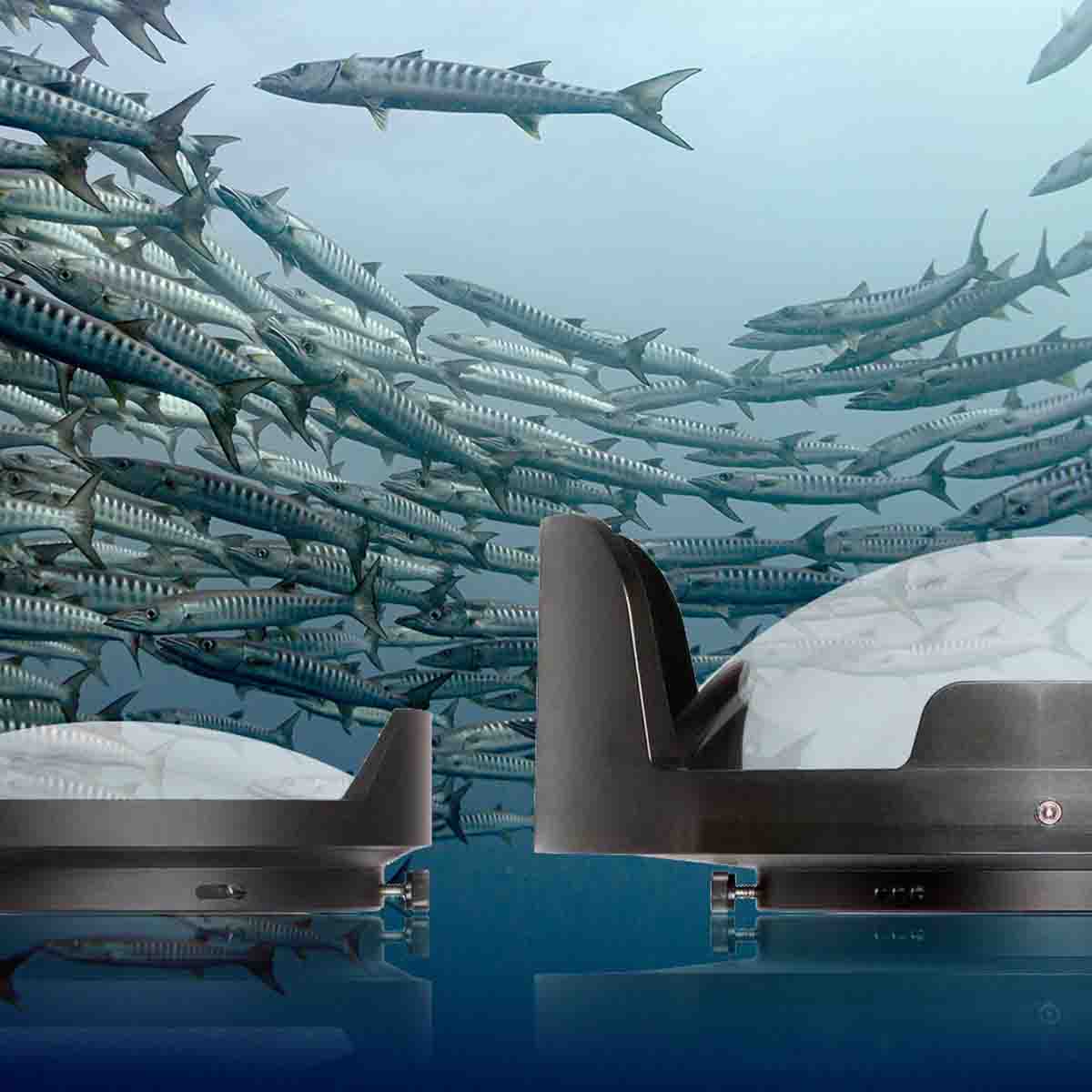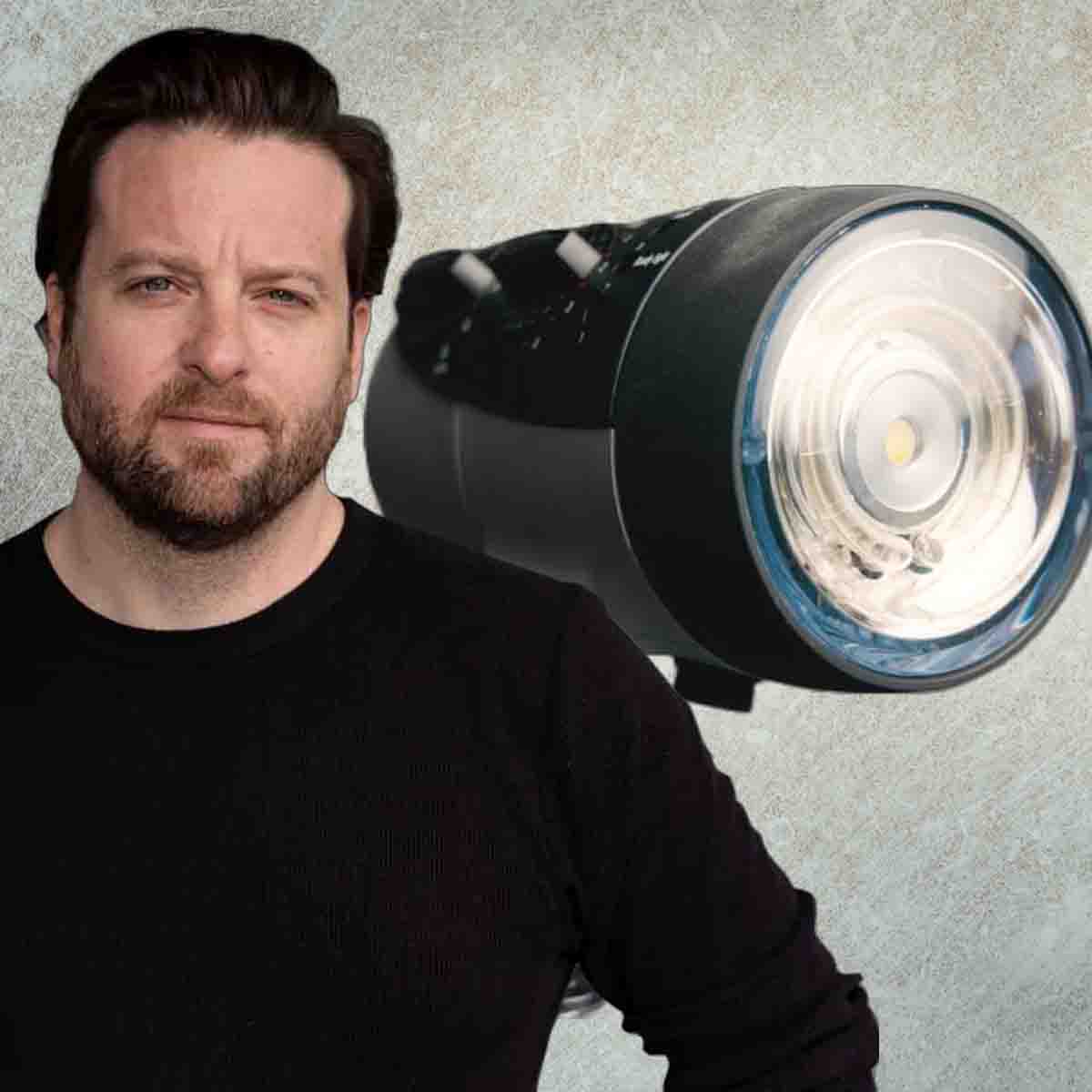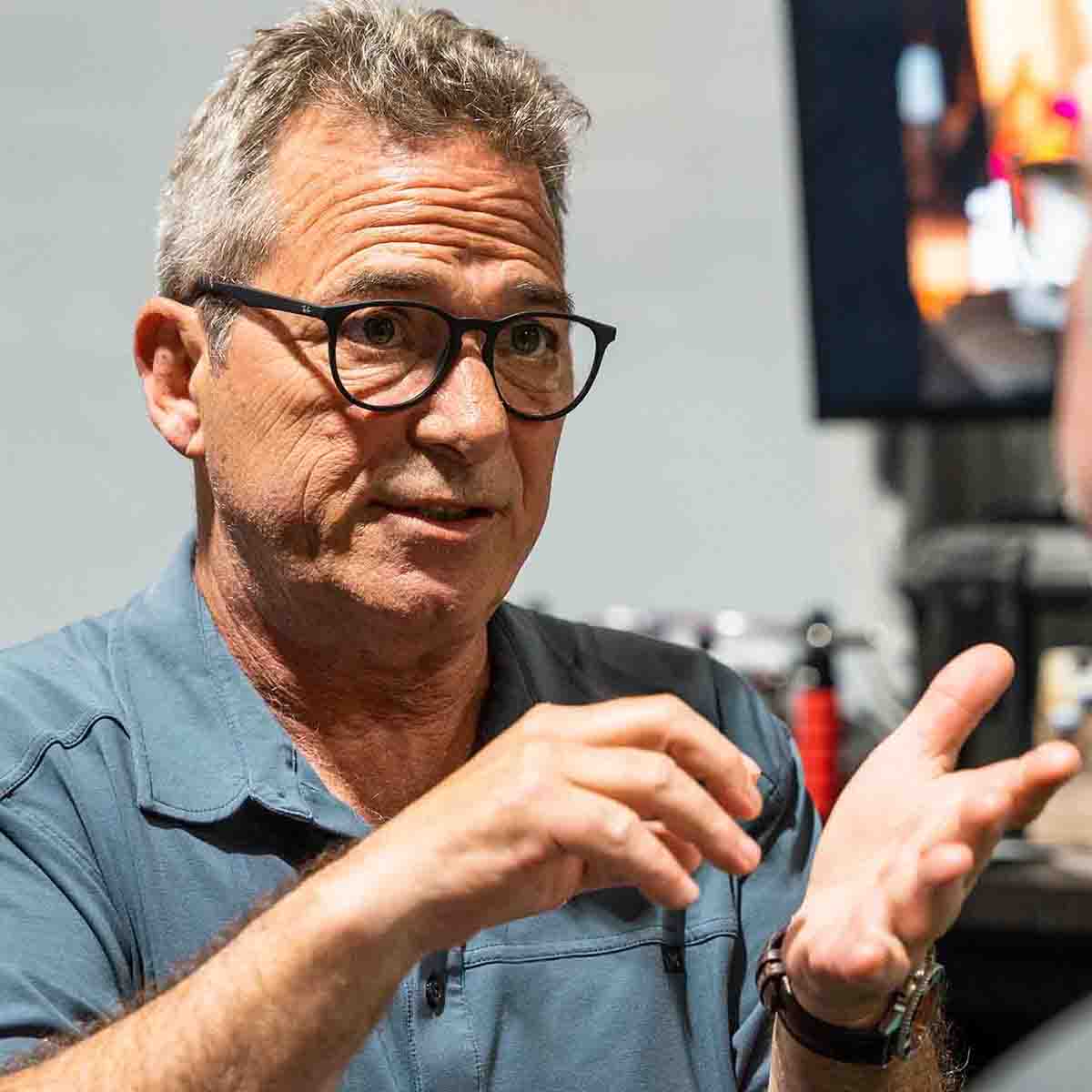By Bryant Turffs
Four giant manta rays circled a whale shark as dolphins streaked past and scalloped hammerheads swam deep below. This is only one memory from my 2017 trip to the Revillagigedo Archipelago that now seems like it must have been a dream. Thus, when a last minute opportunity arose for my partner, Jessica, and I to return last month (June 2025) I had to say yes! We joined a hybrid research and diving expedition led by Dr. Simon Pierce of the Marine Megafauna Foundation, under whose banner Jessica and I conduct manta ray research in Florida. Joining us was a mixed group of scientists and divers, including Dr. Madalena Cabral who planned to continue her study of the archipelago’s manta rays by deploying satellite tags and collecting biological data. We departed Cabo San Lucas aboard the Nautilus Undersea on a Saturday evening for the roughly 30-hour open water trip to the islands.

From 2017, two (of four) mantas we saw circling a whale shark, Rhincodon typus. My capture didn’t do the scene justice! Canon Rebel SL1, Tokina 10-17mm Fisheye, Ikelite 200DLM housing and Dual strobes. © Bryant Turffs
Accessing the Revillagigedo Archipelago
The Revillagigedo Archipelago is comprised of four remote volcanic islands, San Benedicto, Socorro, Roca Partida, and Clarion, which, rise from the open Pacific Ocean 200nm SSW of Los Cabos in Baja California Sur, on Mexico’s west coast. Both because and in spite of their remote location the islands are famous for diving and the opportunity to encounter big pelagic animals. Seasonally, giant manta rays, whale sharks, whales, and a remarkably diverse range of other sharks and fishes can be encountered. On our June trip, late in season, we were hoping for many giant manta rays and an abundance of bait-balls and predatory sharks.
The islands are only accessible by live-aboard. Cruise offerings can vary in length, but are generally a week (or more) with 5 days of diving bookended by the steam from and to Los Cabos. Several companies operate these cruises and we had great experiences on our previous trip aboard Quino El Guardian and on this trip aboard the Nautilus Undersea. As with any live-aboard trip, I believe that it is important to research the company and vessel before booking travel as you will be dependent on the vessel and crew for comfort and safety for the duration of the voyage. This is especially true in locations like Revillagigedo which are remote and can feature exposure to rough open ocean conditions.
Our home for the week, the Nautilus Undersea Hunter, proved to be a comfortable and safe dive platform. Canon R7, Canon 8-15mm Fisheye, Ikelite 200DLM housing with 6” dome, and ambient light. Settings: 10 mm, f16, 1/250s, ISO 800. © Bryant Turffs
Collecting Manta Ray Data at El Boiler
On most cruises only three of the four islands that comprise the archipelago are visited. Clarion island, for which an endemic species of orange angelfish is named, is generally omitted due to the additional travel required to visit its extra-remote location. Our diving began at San Benedicto, the nearest of the three islands normally visited. We conducted a checkout dive at a sheltered site before proceeding to one of the most famous dive sites in the archipelago, El Boiler, where we encountered many friendly giant manta rays. Amazingly, these giants seem attracted to divers and appear to enjoy the sensation of bubbles along their undersides. We made sure to observe respectfully and were treated to many close passes with no need to swim after the rays. Our team took this opportunity to collect data on the mantas including measurements gathered by laser photogrammetry, identification shots of each mantas ventral (belly) side, and Dr. Cabral deployed her satellite tags, which will later report on the movements of these pelagic wanderers. She will use this data to better understand the population and movements of these manta rays which can range far beyond the park’s protected boundaries, and to inform conservation decisions.

A giant (oceanic) manta ray swims before El Boiler, one of the most iconic sites in Revillagigedo. The pinnacle rises to within 15 ft of the surface and appears to “boil” as waves wash over it. Canon R7, Canon 8-15mm Fisheye, Ikelite 200DLM housing with 6” dome, and Dual DS 232 strobes. Settings: 10mm, f11, 1/250s, ISO 800, Strobes Manual. © Bryant Turffs
Ideal Camera Gear for Revillagigedo
I was tasked with collecting images on each dive for data collection (ID shots), documentation of the research efforts, and for fun. I decided to keep things as simple as possible in order to minimize baggage and focus on the experience. I brought my
Canon R7 in its Ikelite 200DLM housing, my Canon 8-15mm Fisheye lens and its associated 6” dome port, and dual
DS232 Strobes.
For my crop sensor camera this set up was perfect allowing me to capture large subjects like mantas up close with the wide end of my lens and to zoom in a bit for shy subjects like scalloped hammerheads. For large subjects and grand scenery powerful strobes like mine are helpful, though I also shot ambient light images when the scene was too large or the subject too distant to light effectively with strobes. Ask any underwater photographer who has been to Revillagigedo and they will tell you that a wide angle lens, most likely a fisheye, should be your go to. Depending on the system you shoot and the look you desire in your images, a rectilinear wide angle lens like a 16-35mm (for full frame systems), or a wide angle wet lens for compact and even mirrorless systems could also do the trick.
I would even say that I could enjoy myself with a macro lens to capture reef fishes and benthic subjects, but if you take this route be prepared to be categorized as crazy by the other divers and to be constantly looking over your shoulder for the mantas and sharks that you are missing!
Ask any underwater photographer who has been to Revillagigedo and they will tell you that a wide angle lens, most likely a fisheye, should be your go to.
Shy scalloped hammerheads, Sphyrna lewini, swim behind the cleaning station at Cabo Pearce. The zoom of my fisheye and black and white conversion helped them stand out from the blue. Canon R7, Canon 8-15mm Fisheye, Ikelite 200DLM housing with 6” dome, and Dual DS 232 strobes. Settings: 15mm, f11, 1/25s, ISO 200, Strobes Manual. © Bryant Turffs
Weathering the Storm
A passing tropical weather system, hurricane Flossie, dictated the schedule and conditions on dive days two through four of our trip. We had been anxiously watching this forecast storm since before the trip began, fearing that it could disrupt the entire expedition. I was impressed with the captain and crew who managed to keep us informed, comfortable, and diving safely throughout.
We visited El Canyon, a busy cleaning station famous for Galapagos, silver tip, and scalloped hammerhead sharks on the south side of San Benedicto on day two before transiting to Socorro Island. At Socorro we visited Punta Tosca during the worst of the weather on day three and Cabo Pearce on day four as the weather cleared. We were comfortably sheltered on each of these days, but the passing storm with its rain and swell and the resultant upwelling reduced visibility from 100+ to 20 feet (30 to 6 meters), and temperatures from 75 to 68ºF (23.8 to 20ºC) underwater.
We still enjoyed encounters with manta rays and sharks at both these sites and I took advantage of the opportunity to pay closer attention to the overlooked reef associated organisms at each site including eels, octopus, diverse reef fishes, benthic stingrays and electric rays, and I even found one nudibranch. I also practiced creative camera techniques including
slow shutter speed which is most effective in low light conditions.
Panamic Green Moray, Gymnothorax castaneus, captured with a slow shutter speed during the worst of hurricane Flossie. Canon R7, Canon 8-15mm Fisheye, Ikelite 200DLM housing with 6” dome, and Dual DS 232 strobes. Settings: 15mm, f16, 1/5s, ISO 400, Strobes Manual. © Bryant Turffs
Roca Partida Above. Canon R7, Canon 8-15mm Fisheye. © Bryant Turffs
Roca Partida
On our fifth and final day of diving we visited Roca Partida, the smallest of the four Islands. It is little more than a 330 by 26 foot (91 by 8 meters) volcanic rock sticking up from the endless open Pacific. While the scene that opened this story did not repeat itself for me on this trip, this final day of diving will be remembered as one of the best in my life to date.
We were the only vessel at this iconic and sometimes crowded site as the Pacific Ocean became calm and glassy while the hurricane dissipated hundreds of miles to our north. Underwater the visibility extended 200 feet (61 meters) or more as we circled the tiny spire during our four daily dives. Numerous white tip reef sharks rested in crevices as we were visited mantas, playful dolphins, and subsumed within massive schools of bigeye jacks, creole fish, and bonito.
One of my highlights was watching silver tip sharks, a graceful species associated with oceanic islands being cleaned by hogfish and clarion angelfish. As the sunlight became dappled on our final dive of the day a school of blazingly fast and massive, 300 plus pound (136kg), yellowfin tuna streaked past, back and forth, in all directions. The scenery, visibility, and abundance of life made for fantastic underwater photography. One challenge was getting shots of the relatively small site that excluded other divers, but most of the time I was happy to keep members of our group in frame to highlight the grandeur of the scene.
Roca Partida Below. Canon R7, Canon 8-15mm Fisheye, Ikelite 200DLM housing with 6” dome, Ambient Light. Settings: 10mm, f8, 1/125s, ISO 400. © Bryant Tuffs
Silvertip sharks, Carcharhinus albimarginatus, being cleaned at Roca Partida. Canon R7, Canon 8-15mm Fisheye, Ikelite 200DLM housing with 6” dome, Dual DS232 strobes. Settings: 10mm, f11, 1/60s, ISO 200, Strobes Manual. © Bryant Turffs
Things to Know Before You Go
In closing, I want to offer words of caution on two subjects for anyone considering a visit to Revillagigedo.
One, most participants on these trips opt to fly into Los Cabos as this is the nearest airport to the departure locations. It is a well-known fact in the dive community that photographers flying into this airport have been targeted by customs officials and charged thousands of dollars in legally dubious import taxes on underwater camera systems. More information about this can be readily found online or provided by trip operators. I was lucky on this trip, avoiding scrutiny by carrying my camera in a nondescript bag and getting a green light (requiring no further inspection) at customs. One member of our trip was not so lucky though, and was forced to pay a duty that exceeded the replacement cost of his aged and modest underwater camera with little choice but to accede to the demands of the customs official.
Secondly, though the diving in the archipelago is fantastic and the crews do a great job of making it accessible and safe, it can be quite challenging. Many dive sites have no “floor,” meaning that you are diving in deep water along vertical drop-offs that necessitate good buoyancy control and awareness. Compounding this, strong currents and surge can make maintaining your position a challenge. The surge and resulting pressure changes got to my ears after a few dives and necessitated frequent careful equalizing. Travel to dive sites and the actually diving is conducted from small inflatable “Zodiac” style vessels, rather than the live-aboard boats themselves. Again, the crews are very helpful, but this system necessitates transfers from the larger vessel to the small inflatable boat in full dive kit and this can be challenging in rougher conditions. As a reasonably fit dive instructor with thousands of dives under my belt, I am typically not fazed by such difficulties, but on this occasion I could feel the eight years that had transpired since my last trip to this location and came away with a new respect for the conditions. These trips typically require an advanced open water or equivalent certification and a nitrox certification is recommended to make the most of allowable bottom time on repeat dives.
While additional training may not be necessary, I would recommend making a few refresher dives before traveling if significant time has transpired since your last dive. I would also consider diving without a camera on the first couple dives as you acclimate to the conditions (and any new or rented gear) and to stay within your comfort zone. These precautions should allow you to stay safe and make the most of your visit to this incredible remote location.
Bigeye Jacks, Caranx sexfasciatus, schooling in a vortex formation. Canon R7, Canon 8-15mm Fisheye, Ikelite 200DLM housing with 6” dome, Dual DS232 strobes. Settings: 10mm, f11, 1/60s, ISO 200, Strobes Manual. © Bryant Turffs
Additional Viewing
World's First Animated 3D Anatomically Accurate Model of a Manta Ray [VIDEO]
Uncovering the Unexpected with the Florida Manta Project
Bryant Turffs' Set-Up Tips // Ikelite Underwater Housing for Canon R7 [VIDEO]
Becoming a BETTER Underwater Photographer in My Florida Backyard // Ikelite Ambassador Bryant Turffs [VIDEO]
An Insider's Guide to Diving the Blue Heron Bridge, Florida
Ocean Conservation in Action // Be an Environmental Influencer [VIDEO]
 Ambassador Bryant Turffs has worked on six of the seven continents as a biologist, boat captain, dive professional, commercial fisherman, photographer, and educator. Today he lives in Palm Beach County, Florida, and works with his partner, Jessica Pate, to understand the mysteries of the local manta ray population. He also uses his photography to tell other natural history and conservation stories. Read more...
Ambassador Bryant Turffs has worked on six of the seven continents as a biologist, boat captain, dive professional, commercial fisherman, photographer, and educator. Today he lives in Palm Beach County, Florida, and works with his partner, Jessica Pate, to understand the mysteries of the local manta ray population. He also uses his photography to tell other natural history and conservation stories. Read more...









 Ambassador Bryant Turffs has worked on six of the seven continents as a biologist, boat captain, dive professional, commercial fisherman, photographer, and educator. Today he lives in Palm Beach County, Florida, and works with his partner, Jessica Pate, to understand the mysteries of the local manta ray population. He also uses his photography to tell other natural history and conservation stories. Read more...
Ambassador Bryant Turffs has worked on six of the seven continents as a biologist, boat captain, dive professional, commercial fisherman, photographer, and educator. Today he lives in Palm Beach County, Florida, and works with his partner, Jessica Pate, to understand the mysteries of the local manta ray population. He also uses his photography to tell other natural history and conservation stories. Read more...

